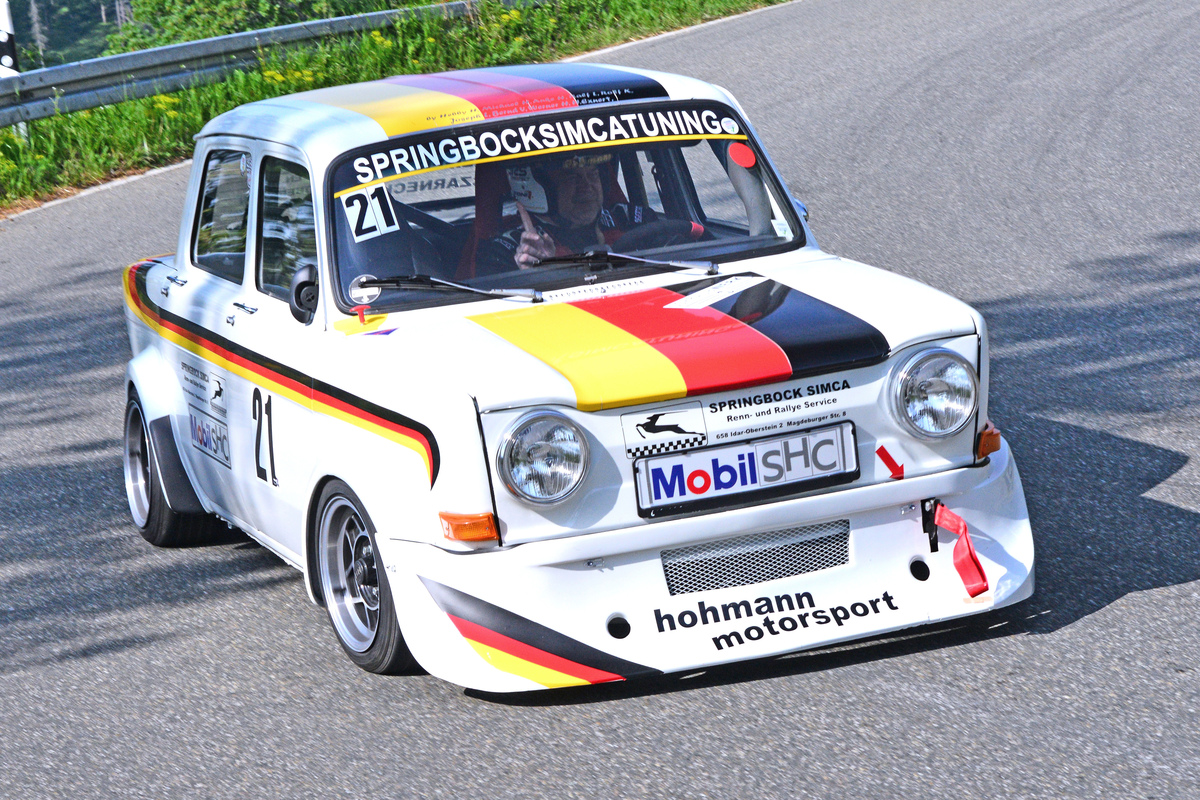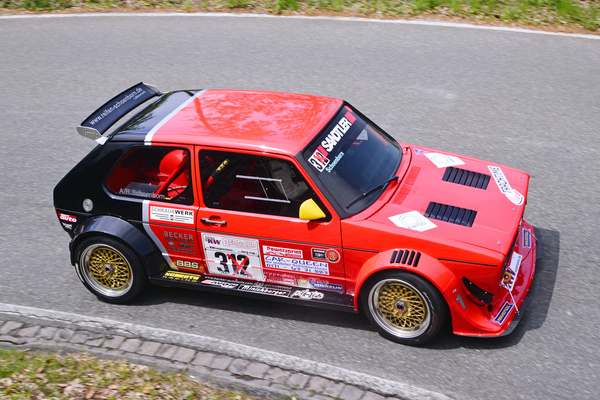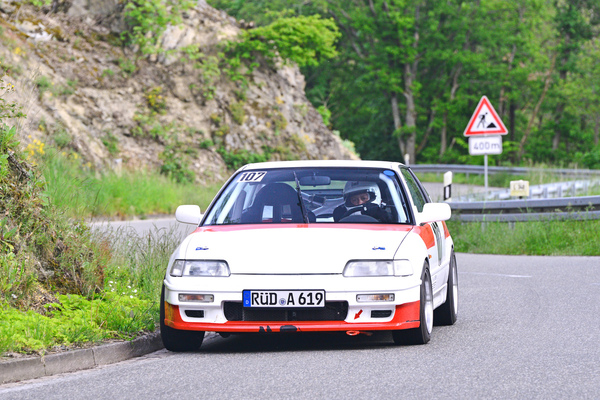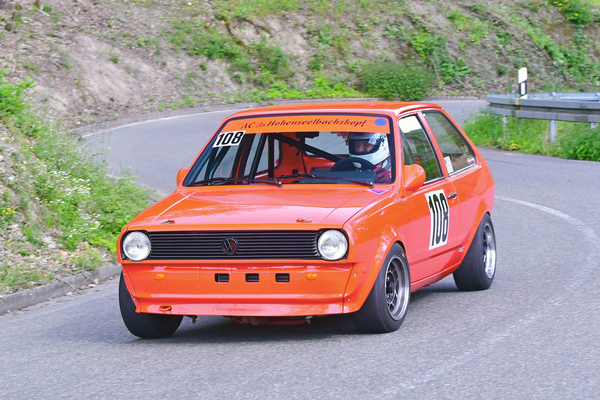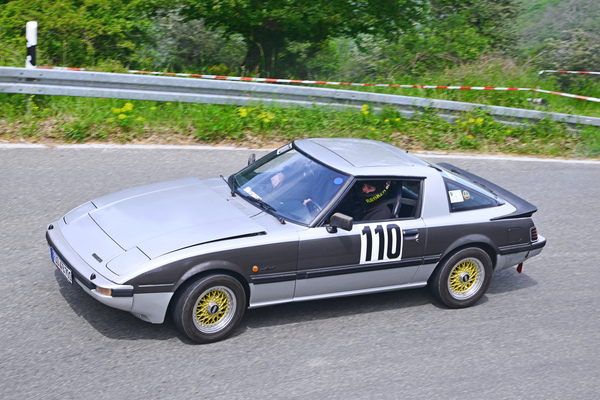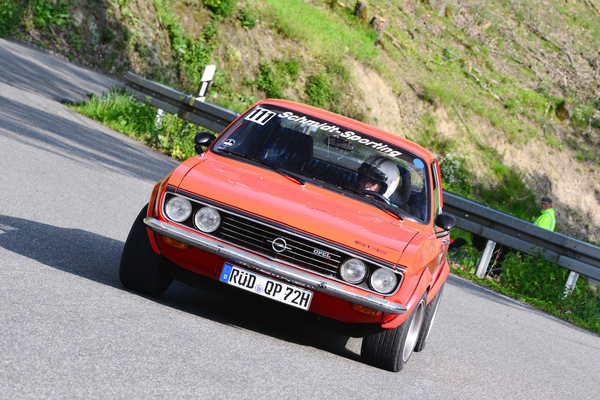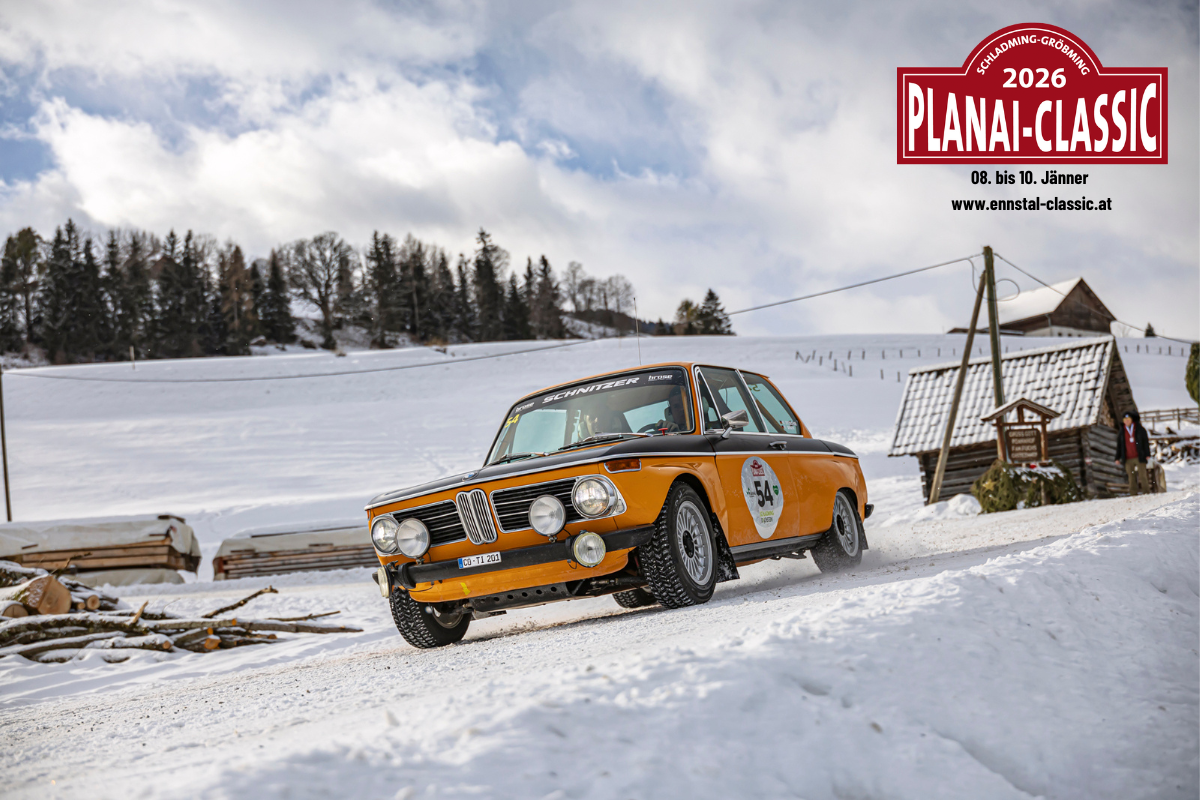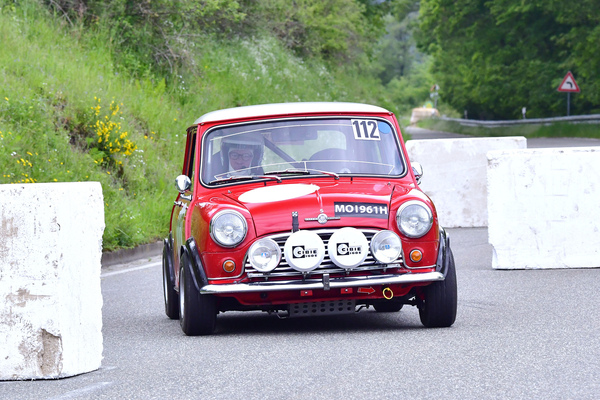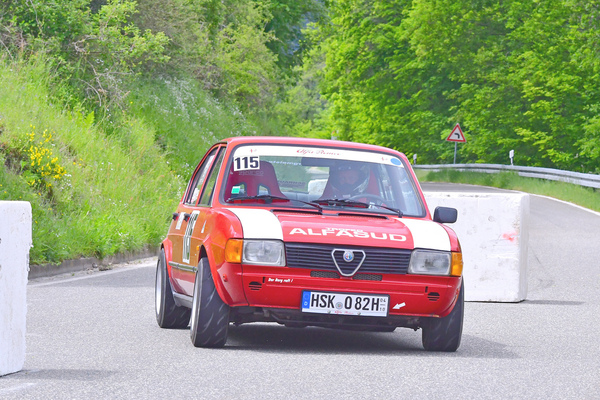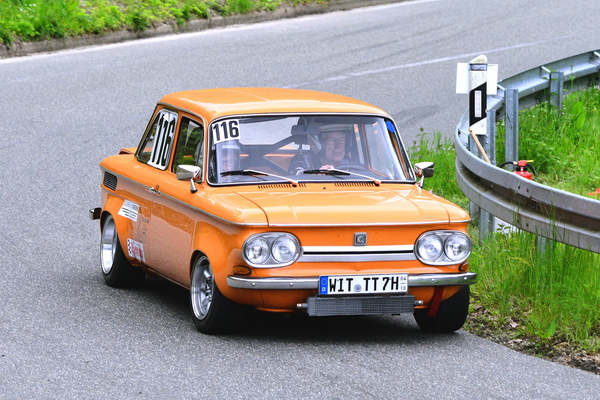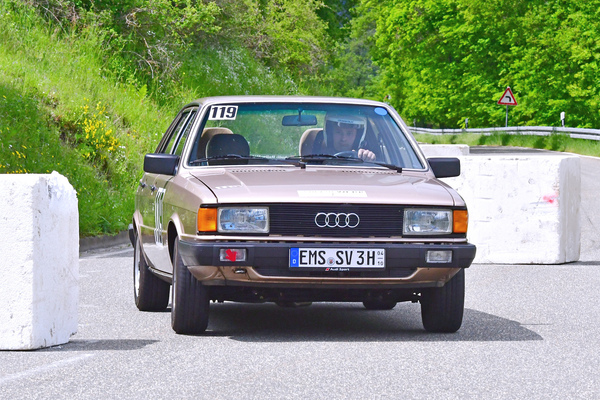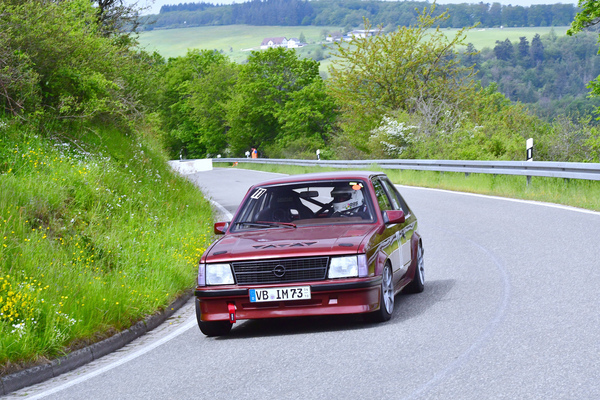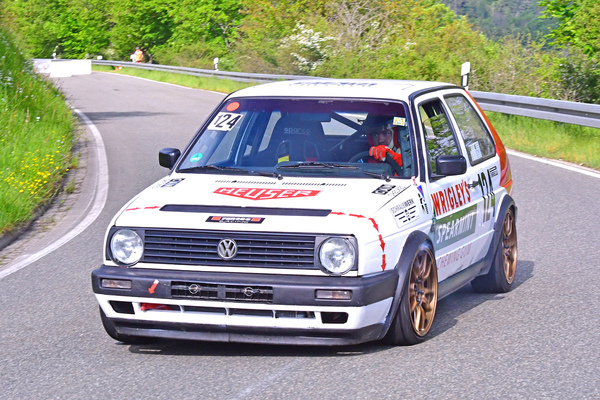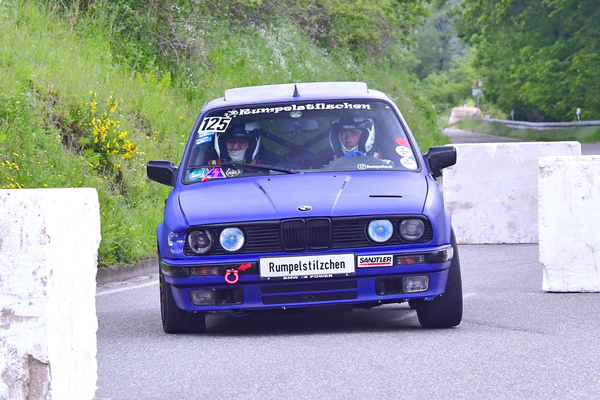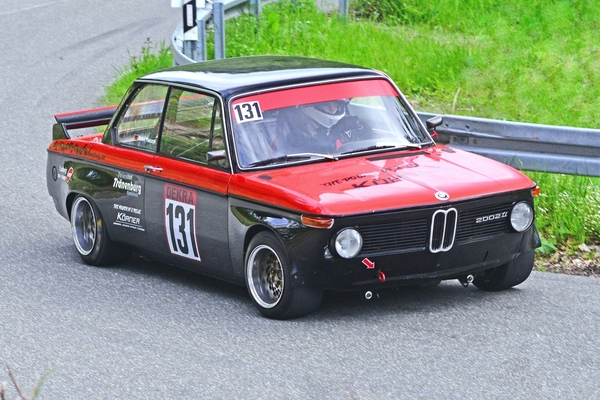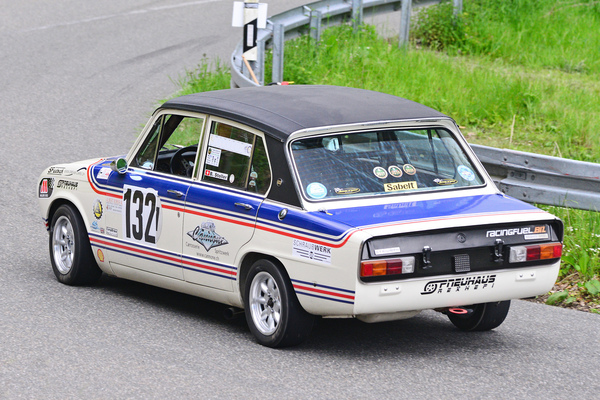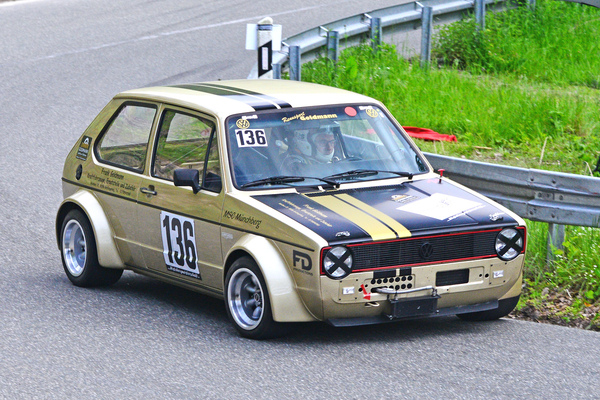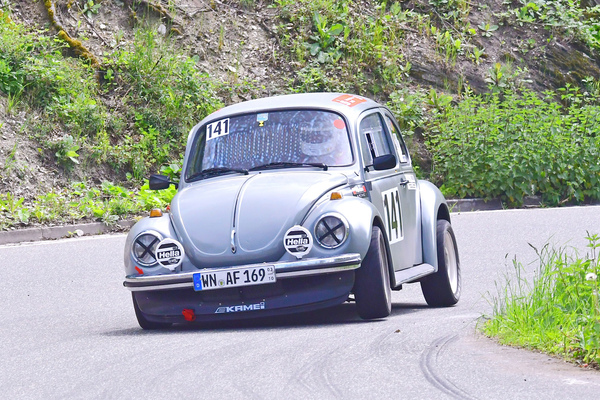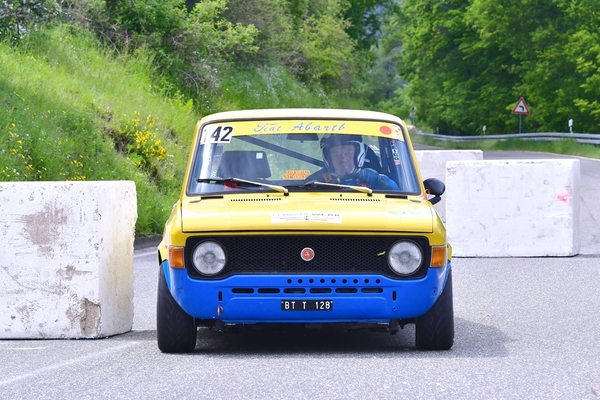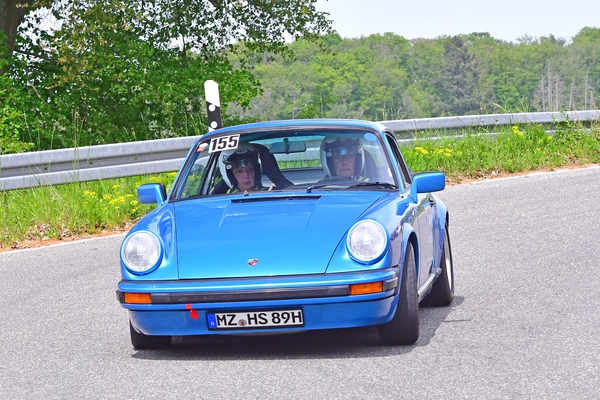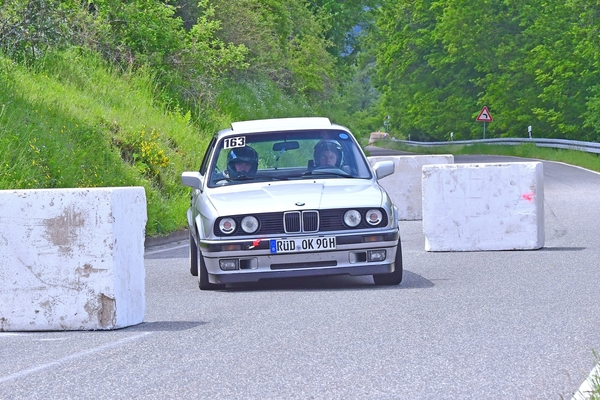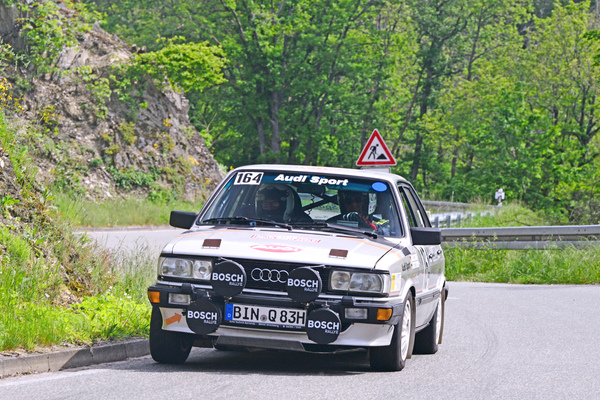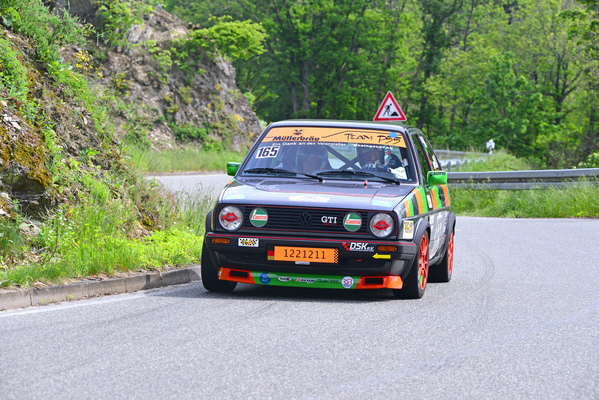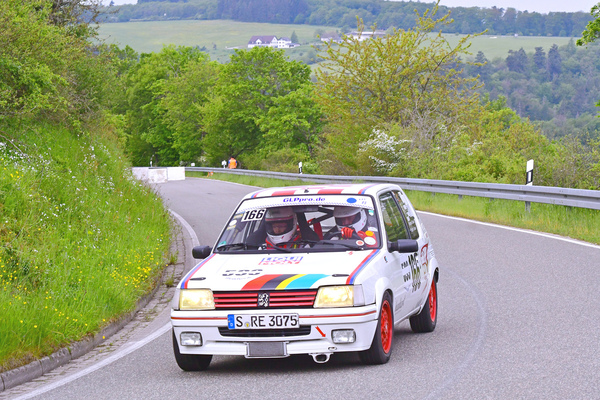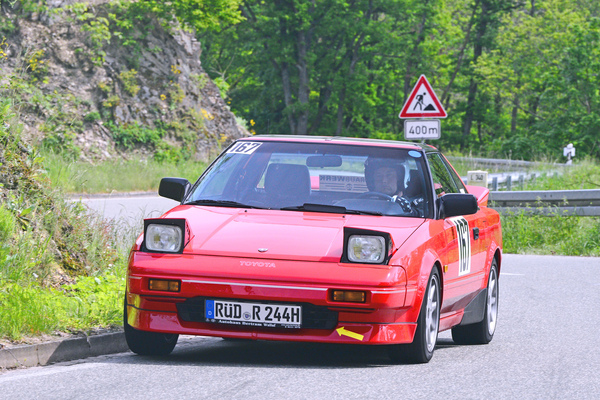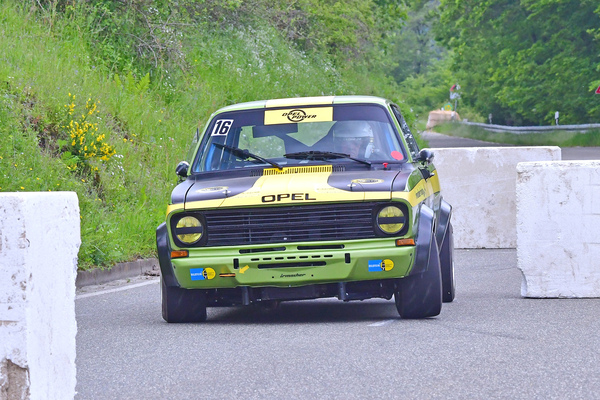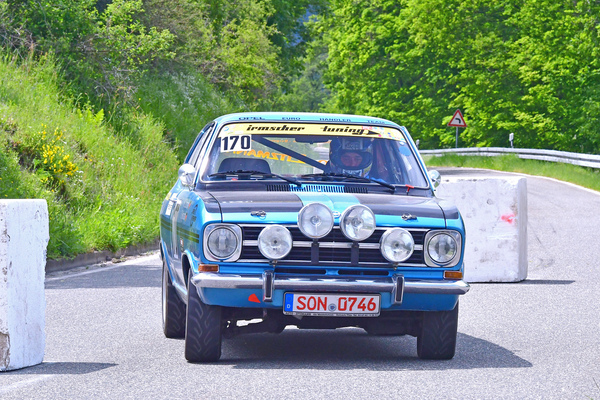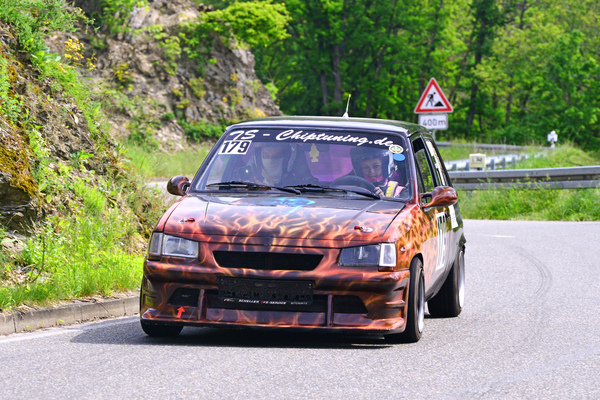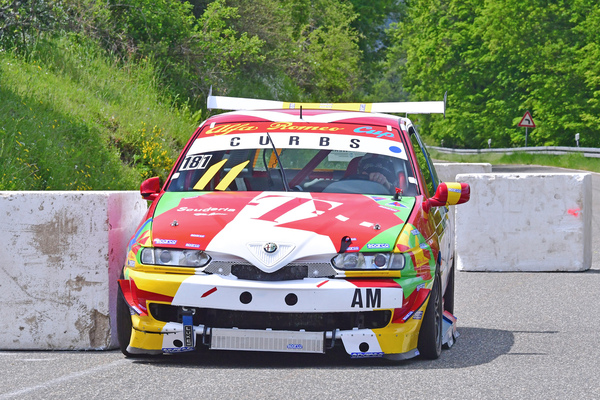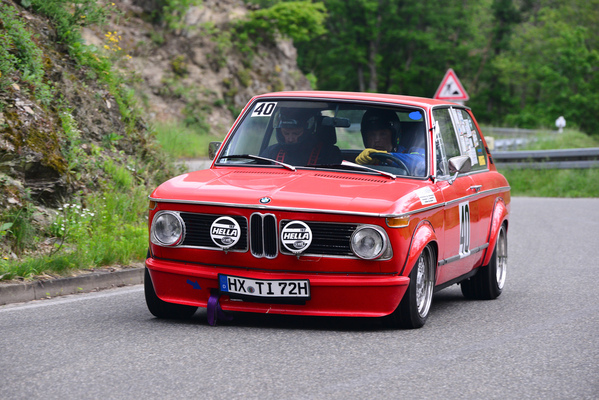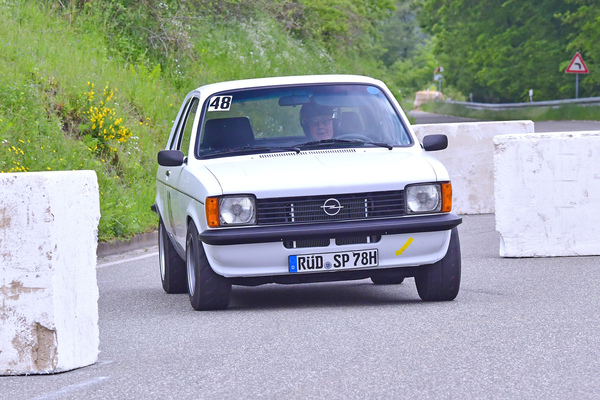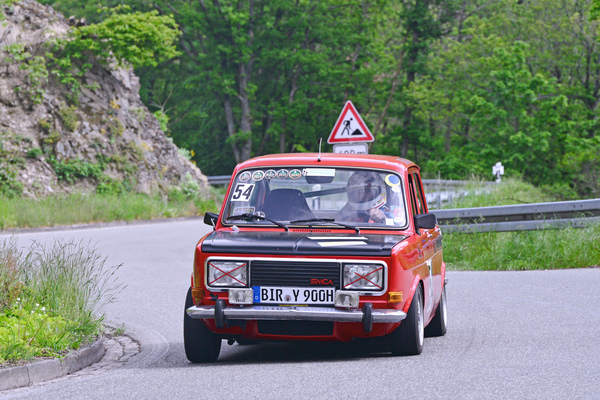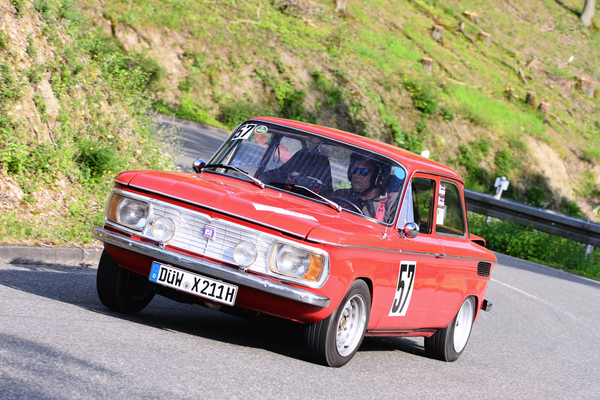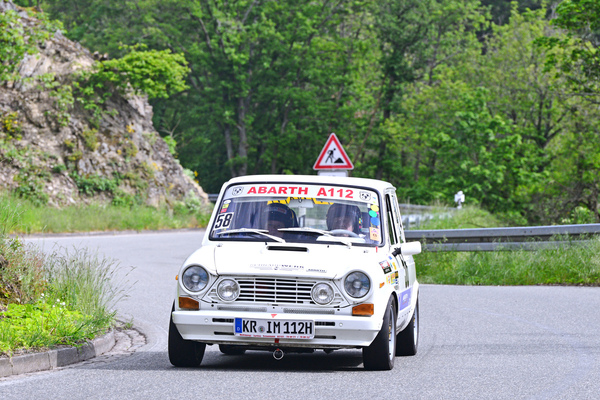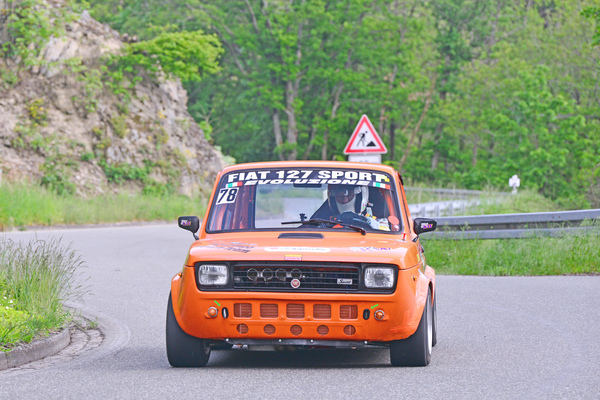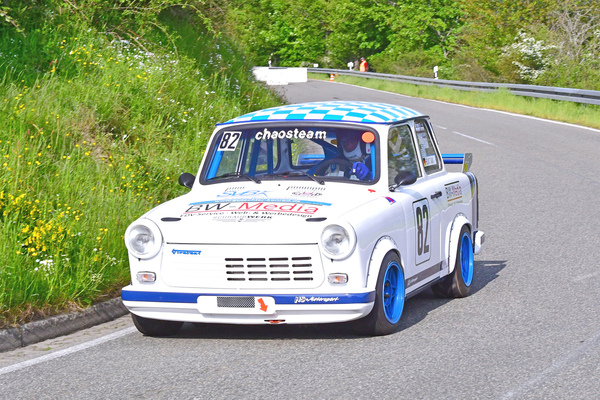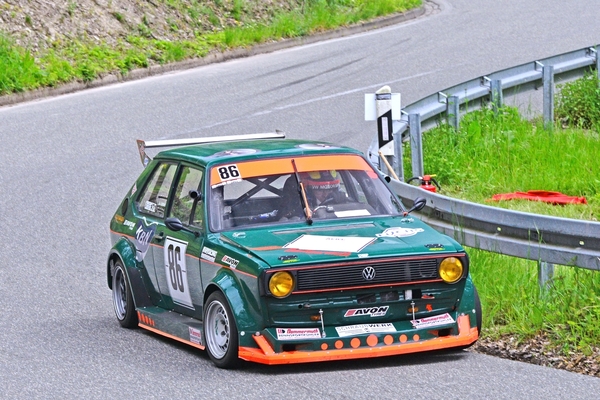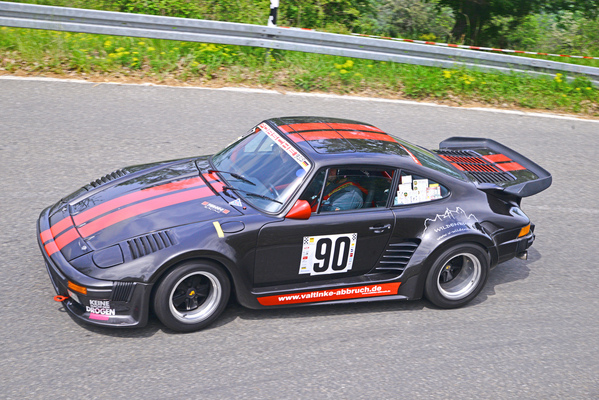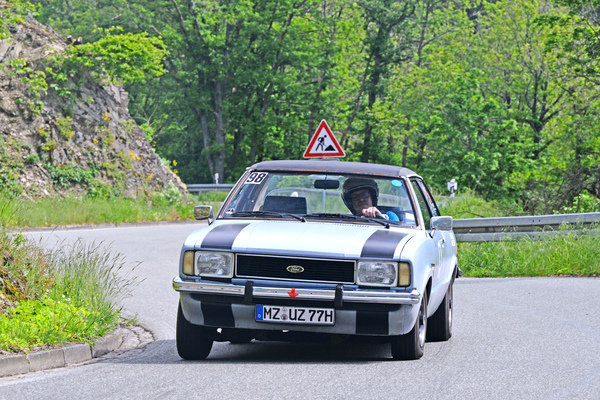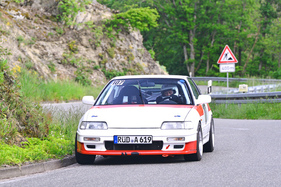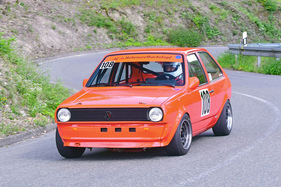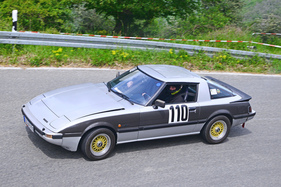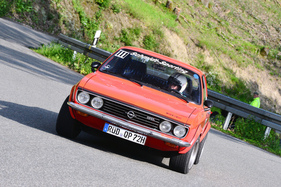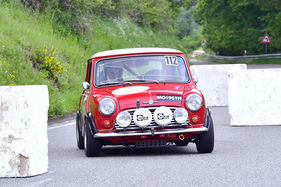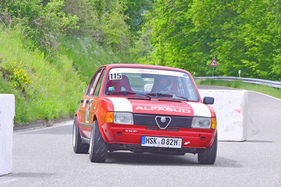The histo scene and numerous fans had to wait three years after the 10th anniversary of the Ransel Classics 2019, when the eleventh edition of the mountain event between Lorch am Rhein and Ransel in the Taunus finally started on the extended Ascension Day weekend (May 18 to 21, 2023).
Always uphill
The 4.4 km long route with over 50 bends rightly bears the title "Green Hell on the Mountain"; only the Jochpass route in the Allgäu is longer (2 km) in German historic hill climb racing. The event begins on Father's Day with the arrival of the participants and has an absolute folk festival character.
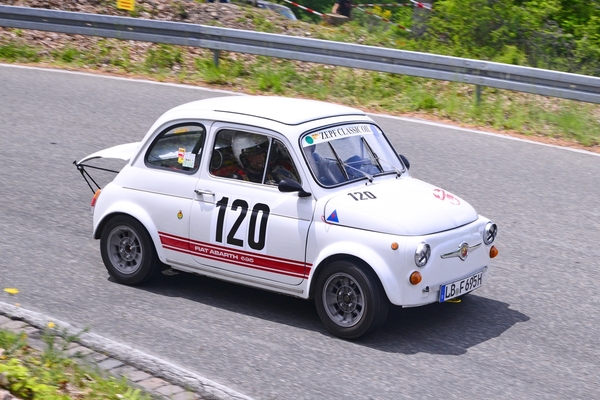
The main street in Ransel is then transformed into a paddock for four days. That's why the young Ransel driver Stefanie Spreitzer (normally a co-driver in national rallies) had the privilege of being able to park her 1991 Opel Corsa in her own driveway between the runs. Not even Sabine Schmitz managed that at the Nürburgring.
Everyone works with
In addition to the organizing Rheingauer Automobil Club, numerous clubs from Ransel and the town of Lorch ensure that the event runs smoothly and is well catered for. It was precisely this perfect cooperation between the clubs involved that led to last year's cancellation. Two months' notice was simply not enough to put on a "Ransel" of the usual quality.
But even this year, the event was not really safe: in winter, the road surface had sunk over several hundred meters in two areas and the spots were secured by bollards. Despite this, a permit was granted and the participants faced two additional challenges. High praise to all: no one had any contact with such a barge.
Everything runs like clockwork
The almost 180 starters were greeted by the usual perfect organization. It began on Friday afternoon with two free practice runs. Initially, they were run according to start numbers. This was to change after the target time was set on Saturday. From then on, the three groups raced according to the times set, with the fastest first and the slowest last. This meant that the slowest riders in front were avoided as far as possible. Another special feature was that the starting groups rotated.
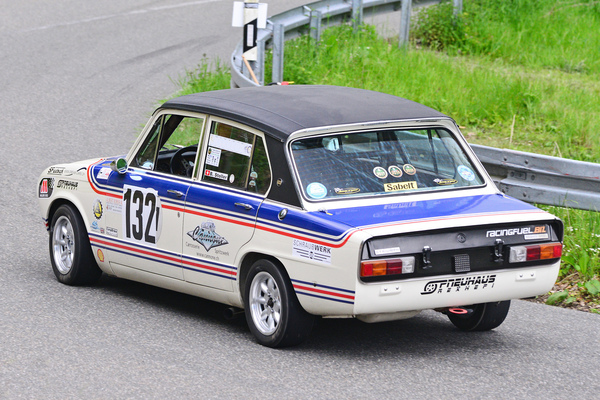
The first group started first on Friday, the second on Saturday and then the first group first on Sunday. This meant that the waiting times after the daily drivers' briefing were distributed more evenly. There were two start modes. A slower one with a minimum time of 3:20 and a maximum time of 6:30. In the faster mode, there is no minimum time, only a maximum time of 6:00. This made perfect sense, as both pure production cars and pure racing cars were at the start.
The perfect organization included a shuttle bus that allowed fans to switch between the four spectator areas after each run.
Evenly matched to victory
Mode 1 or Mode 2, in the end, the last ones should actually be the first. This was particularly true for the winner Maik Ellebrecht in the BMW 2000 TII Touring (1972), who was one of the last in his starting group to complete the three scored runs with a difference of just 0.19 seconds. One of them even without a time deviation from the reference run.
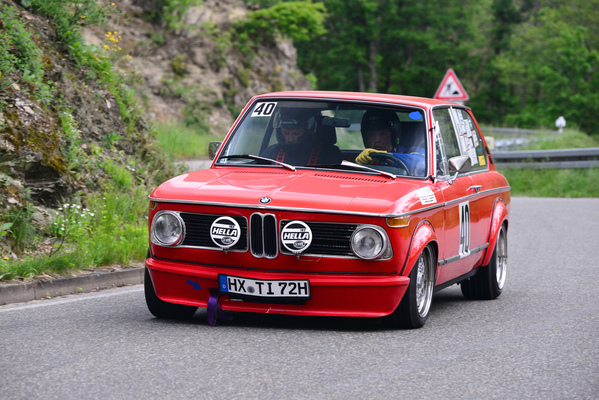
The married couple Hans and Christine Schrumpf in the Porsche 911 SC (1977) were significantly faster, but still very consistent in second place with a deviation of 0.26 seconds. The podium was completed by Bernd Burbulla in a Fiat Abarth 695 esseesse Assetto Corse (1971) with a difference of 0.41 seconds.
